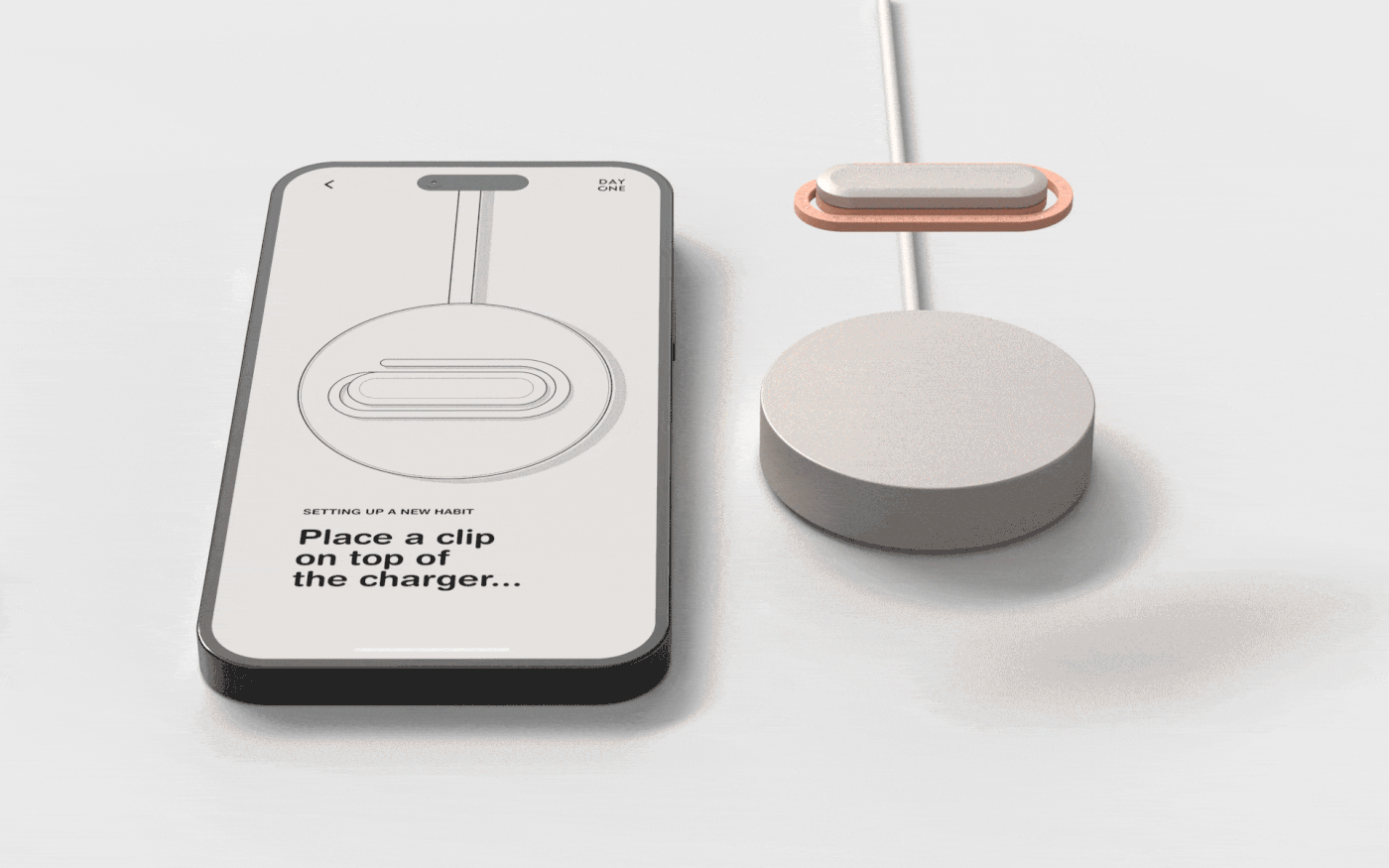![]()
Losing your wallet ranks somewhere between forgetting your keys and realizing you left the stove on in terms of minor panic attacks. The sinking feeling when you pat your pockets and find nothing but lint is pretty much universal, yet most tracking solutions require bulky add-ons that won’t fit properly or make your wallet noticeably thicker. AirTags work great for bags and keychains, but stuffing one into your wallet feels like carrying a small hockey puck between your cash and cards.
Nomad’s Tracking Card Pro solves this by fitting Apple Find My technology into something that looks and feels exactly like a premium metal credit card. At just 2.5mm thick, it’s three times slimmer than an AirTag and slides into any wallet without adding noticeable bulk. The real achievement is cramming a rechargeable battery and wireless charging into that thin form, then making it last up to 16 months on a single charge.
Designer: Nomad Goods
![]()
The card itself is deceptively simple. A polycarbonate and aluminum body with a matte black or white finish, subtle Nomad branding on top, and a small chip icon that mimics what you’d see on an actual credit card. There’s a wireless charging symbol near the bottom and a tiny LED indicator that lights up when charging, but otherwise it’s designed to blend in completely with your other cards.
![]()
![]()
Charging happens wirelessly on any Qi or MagSafe pad, and Nomad claims you can even charge it through leather wallets without removing the card. That’s actually pretty handy for something you’re meant to leave in place and forget about until you need it. Heck, the IPX7 waterproof rating means the occasional spill or rainstorm won’t kill it, which is reassuring for something that lives in your pocket most of the time.
![]()
![]()
Setup is straightforward if you’ve ever used an AirTag. Pop open the Find My app, add the Tracking Card Pro, and name it whatever you want. From there it works like any other Find My device, pinging nearby Apple devices to report its location. The global network means your wallet can be tracked almost anywhere someone with an iPhone happens to be.
![]()
![]()
Of course, the slimness comes with trade-offs. The card is about as thick as two credit cards stacked together, so it does take up a slot in your wallet. The audio alert for locating the card works but isn’t particularly loud, so you’ll want to be relatively close when triggering it. That said, the primary use is tracking via the Find My app anyway, where you can see the card’s location on a map. If you want an even thinner option, the 1.3mm Slimca HERE 2 Tracker Card can even charge via USB-C despite its super-thin profile.
At $39, the Tracking Card Pro sits between cheap alternatives that barely work and premium options that don’t offer much extra. It’s currently on preorder with shipments expected by mid-January, and there’s a discount if you buy multiple cards. For anyone who’s ever spent an afternoon tearing apart their house looking for a wallet, or worse, realized it’s gone while standing in line at checkout, that’s probably money well spent.
![]()
The post Nomad Made a Credit Card AirTag Thin Enough to Fit in Your Wallet first appeared on Yanko Design.









